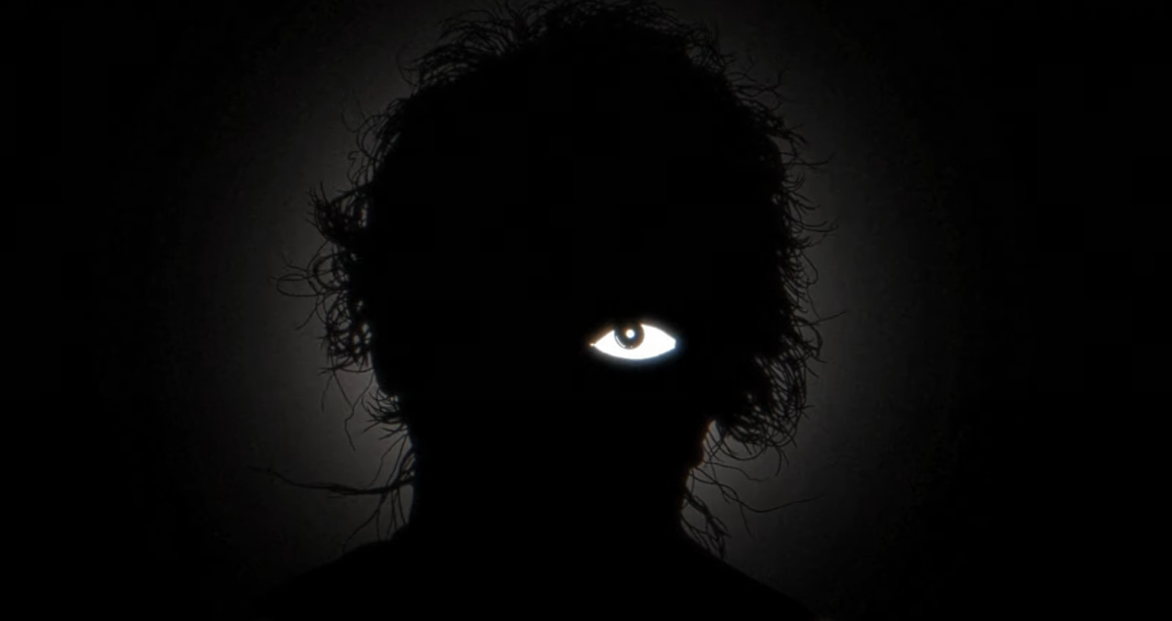Music
Exclusive Interview: Jason Graves Talks The Music Of Dead Space 2 Part 1
Earlier this year, we ran an exclusive interview with Andrew Boyd, audio director for EA’s upcoming survival sci-fi/horror game Dead Space 2. He told us about all the amazing sounds we would be hearing as well as touched upon the music of Dead Space 2. Now, we have an exclusive interview with Jason Graves, composer of Dead Space 2, where we get all of the music answers we want straight from the source. Check out Part 1 of the interview after the jump and keep an eye out for Part 2 tomorrow in BD’s Dead Pixels section!

Music
“He Walks By Night” – Listen to a Brand New John Carpenter Song NOW!

It’s a new day, and you’ve got new John Carpenter to listen to. John Carpenter, Daniel Davies and Cody Carpenter have released the new track He Walks By Night this morning, the second single off their upcoming album Lost Themes IV: Noir, out May 3 on Sacred Bones Records.
Lost Themes IV: Noir is the latest installment in a series that sees Carpenter releasing new music for John Carpenter movies that don’t actually exist. The first Lost Themes was released in 2015, followed by Lost Themes II in 2016 and Lost Themes III: Alive After Death in 2021.
Sacred Bones previews, “It’s been a decade since John Carpenter recorded the material that would become Lost Themes, his debut album of non-film music and the opening salvo in one of Hollywood’s great second acts. Those vibrant, synth-driven songs, made in collaboration with his son Cody Carpenter and godson Daniel Davies, kickstarted a musical renaissance for the pioneering composer and director. With Lost Themes IV: Noir, they’ve struck gold again, this time mining the rich history of the film noir genre for inspiration.
“Since the first Lost Themes, John has referred to these compositions as “soundtracks for the movies in your mind.” On the fourth installment in the series, those movies are noirs. Like the film genre they were influenced by, what makes these songs “noirish” is sometimes slippery and hard to define, and not merely reducible to a collection of tropes. The scores for the great American noir pictures were largely orchestral, while the Carpenters and Davies work off a sturdy synth-and-guitar backbone.
“The trio’s free-flowing chemistry means Lost Themes IV: Noir runs like a well-oiled machine—the 1951 Jaguar XK120 Roadster from Kiss Me Deadly, perhaps, or the 1958 Plymouth Fury from John’s own Christine. It’s a chemistry that’s helped power one of the most productive stretches of John’s creative life, and Noir proves that it’s nowhere near done yielding brilliant results.”
You can pre-save Lost Themes IV: Noir right now! And listen to the new track below…
















You must be logged in to post a comment.